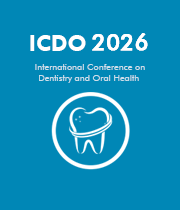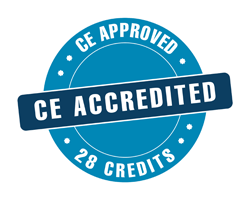Title: Bridging gaps in oral medicine education: A multiracial visual atlas
Abstract:
An atlas-style approach to the teaching and learning of oral medicine offers a powerful tool to improve visual diagnostic skills, particularly in recognising clinical presentations across diverse patient populations. Oral medicine resources often lack adequate representation of how conditions manifest across different skin tones, particularly in darker and more pigmented oral mucosa. This gap can lead to diagnostic challenges, creating substantial barriers for students and clinicians in delivering equitable and effective care.
The objective of this project is to explore the development and educational application of a first-of-its-kind Oral Medicine atlas, designed to enhance the recognition and accurate diagnosis of oral conditions across a diverse range of skin tones.
Patients were screened from the electronic records at the Oral Medicine Department at the University of Manchester Dental Hospital by students, educators and dental professionals. All patients selected had provided consent for photographs to be used for medical teaching. Data collected included only photographs and oral medicine diagnoses; no personal data or any other identifying information were used. Cases were organised based on the Massey-Martin scale. For each oral medicine condition, an informative description was written to include incidence, risk factors, signs and symptoms, and treatment/ management.
The future of dentistry is being shaped by the rise of open-access digital education. Our user-friendly resource is designed to actively support clinical education and integrates seamlessly into both undergraduate and postgraduate curricula. It enhances students’ visual diagnostic skills, enabling them to recognise conditions across all skin tones and patient presentations, thus, boosting diagnostic confidence and preparing future dentists to deliver equitable, culturally competent care. Preliminary feedback from students suggests the value of features such as a search bar, A-Z navigation, and the ability to save or bookmark pages for revision have been especially beneficial.
Questionnaires will continue to gather feedback from both students and educators, allowing us to assess the atlas’s impact on learning and clinical practice. The outcomes will help demonstrate its value in bridging the gap in oral medicine education and paving the way for more inclusive and effective diagnostic training in oral healthcare worldwide.




